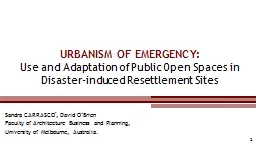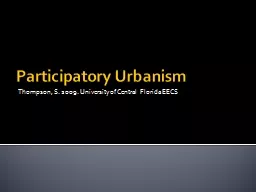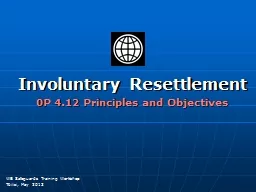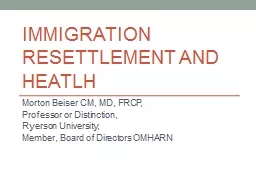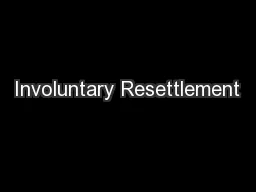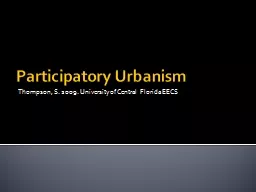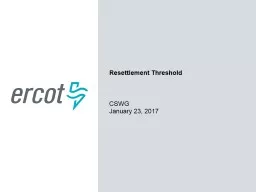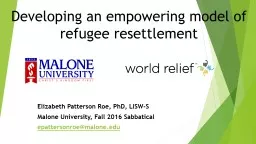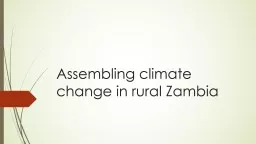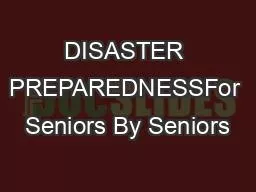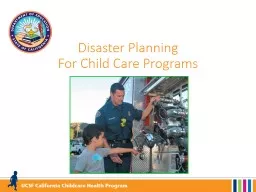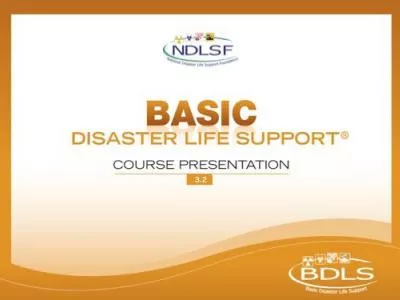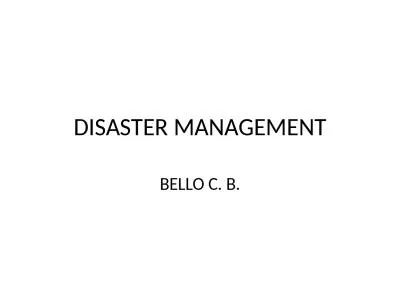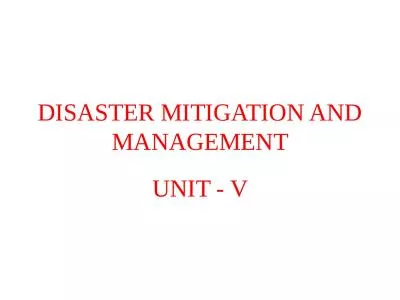PPT-URBANISM OF EMERGENCY: Use and Adaptation of Public Open Spaces in Disaster-induced Resettlement
Author : alida-meadow | Published Date : 2018-01-31
Sandra CARRASCO David OBrien Faculty of Architecture Business and Planning University of Melbourne Australia 1 1 Background Is this all that has been lost 2
Presentation Embed Code
Download Presentation
Download Presentation The PPT/PDF document "URBANISM OF EMERGENCY: Use and Adaptati..." is the property of its rightful owner. Permission is granted to download and print the materials on this website for personal, non-commercial use only, and to display it on your personal computer provided you do not modify the materials and that you retain all copyright notices contained in the materials. By downloading content from our website, you accept the terms of this agreement.
URBANISM OF EMERGENCY: Use and Adaptation of Public Open Spaces in Disaster-induced Resettlement: Transcript
Download Rules Of Document
"URBANISM OF EMERGENCY: Use and Adaptation of Public Open Spaces in Disaster-induced Resettlement"The content belongs to its owner. You may download and print it for personal use, without modification, and keep all copyright notices. By downloading, you agree to these terms.
Related Documents

